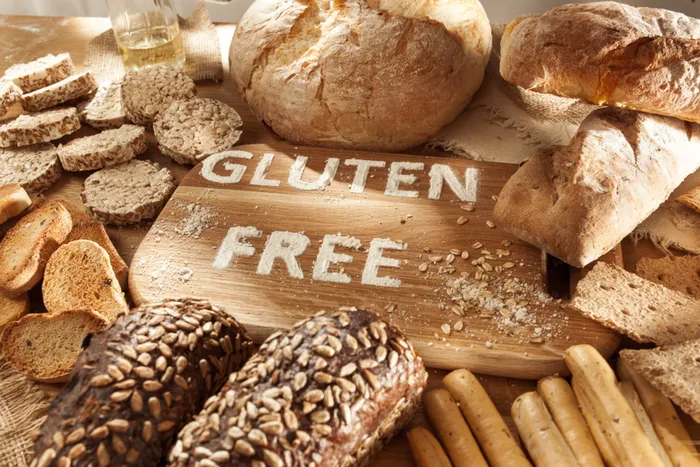Tips on how to cook gluten-free food

Going on a gluten-free diet can be hard at first. Picture: Freepik
There are a few reasons why someone might choose to go on a gluten-free diet.
Some people have celiac disease which is an autoimmune disorder that causes a severe reaction to gluten.
Others have non-celiac gluten sensitivity, which causes symptoms like bloating, diarrhoea, and fatigue when they consume gluten.
Then other people simply choose to go gluten-free as a lifestyle choice, believing it can lead to better digestion and overall health.
Regardless of what your reason is, going gluten-free and cooking gluten-free meals can be daunting at first.
If you’re starting on your gluten-free lifestyle journey, here are tips on how you can cook gluten-free meals.
Read labels carefully
When shopping for ingredients, make sure to carefully read labels to ensure that they are gluten-free.
Look out for ingredients like wheat, barley, and rye, as well as any potential cross-contamination warnings.

Use alternative flours and grains
There are plenty of gluten-free flour and grains available that can be used in place of traditional wheat flour.
Some popular options include rice flour, oat flour, corn flour and almond flour.
Experiment with different types to find what works best for your recipes.
Stock up on gluten-free seasonings
Many seasonings and condiments contain gluten, so make sure to stock your pantry with gluten-free alternatives.
Herbs, spices, and vinegars are typically safe options, but always double-check the labels to be sure.
Get creative with flavour combinations
Cooking gluten-free doesn't have to be boring.
Experiment with new flavour combinations and try out different cuisines to keep your meals exciting and delicious.
Use dedicated gluten-free cookware and utensils
To avoid cross-contamination, consider using dedicated gluten-free cookware and utensils in your kitchen.
This will help ensure that your meals stay safe for those with gluten sensitivities.
IOL Lifestyle
Related Topics: